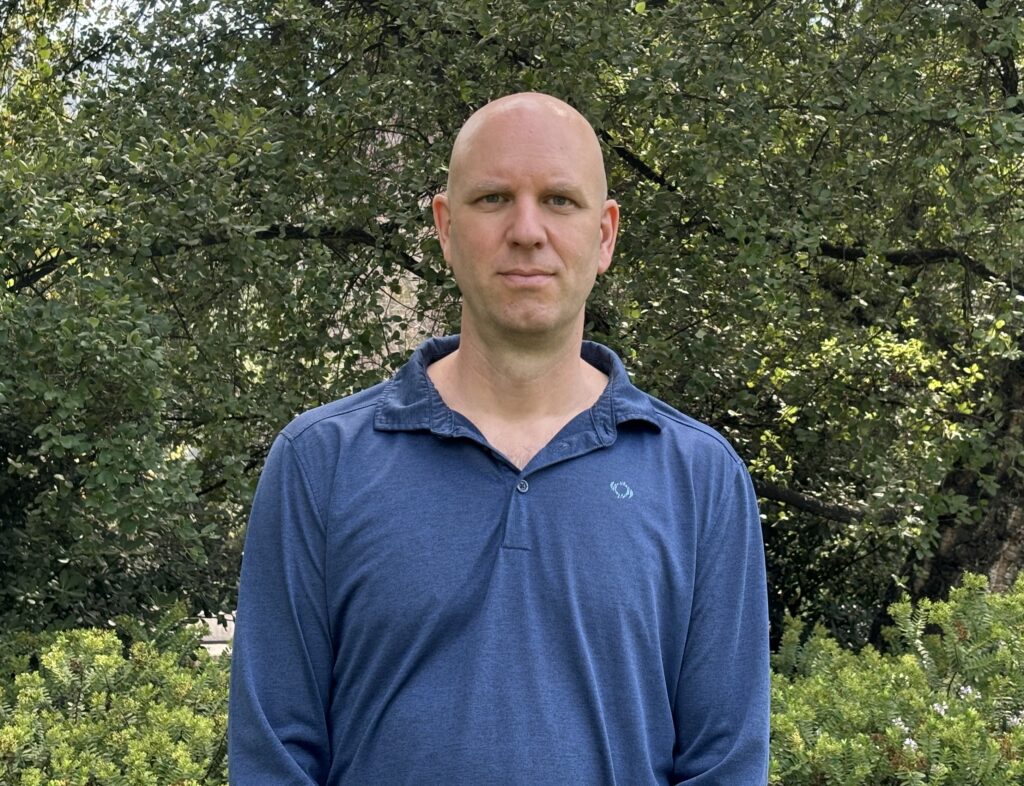Fabrice Lambert

Email: lambert@uc.cl.
Área de investigación: Cambio climático y paleoclimas.
Descripción: Los esfuerzos de investigación de su grupo de investigación giran en torno a tres temas principales:
1. Reconstrucciones climáticas empíricas. Los archivos paleoclimáticos, como los testigos de hielo y turba, así como los testigos de sedimentos marinos y lacustres, permiten reconstruir la variabilidad climática en el pasado. En particular, mi grupo de investigación se centra en los aerosoles de polvo y su efecto climático directo e indirecto.
2. Modelación climática. Utilizamos modelos globales del sistema terrestre, modelos del sistema terrestre de complejidad intermedia y modelos de evaluación integrados para probar hipótesis sobre el cambio climático pasado, presente y futuro.
3. Impactos del cambio climático. Examinamos los efectos del cambio climático a una escala más regional, centrándonos en las tendencias de sequía y los eventos extremos para comprender sus implicaciones para los ecosistemas locales y los recursos hídricos.
Estudiantes de pregrado, postgrado o postdoctorales, pueden ponerse en contacto con el profesor Fabrice Lambert, si están interesados en el desarrollo de investigación.
Publicaciones
Artículos
keyboard_arrow_downLambert, F.: Dust archives within polar ice cores, Reference Module in Earth Systems and Environmental Sciences. Disponible en: https://doi.org/10.1016/B978-0-323-99931-1.00183-5.
Acuña Reyes, N., van’t Wout, E., Lovejoy, S., and Lambert, F.: Geographic variability in dust and temperature in climate scaling regimes over the Last Glacial Cycle, Climate of the Past, 20, 1579–1594. Disponible en: https://doi.org/10.5194/CP-20-1579-2024.
Lambert, F., Opazo, N., Ridgwell, A., Winckler, G., Lamy, F., Shaffer, G., Kohfeld, K., Ohgaito, R., Albani, S., and Abe-Ouchi, A.: Regional patterns and temporal evolution of ocean iron fertilization and CO2 drawdown during the last glacial termination, Earth and Planetary Science Letters, 554, 116675. Disponible en: https://doi.org/10.1016/j.epsl.2020.116675.
Brovkin, V., Brook, E., Williams, J. W., Bathiany, S., Lenton, T. M., Barton, M., DeConto, R. M., Donges, J. F., Ganopolski, A., McManus, J., Praetorius, S., de Vernal, A., Abe-Ouchi, A., Cheng, H., Claussen, M., Crucifix, M., Gallopín, G., Iglesias, V., Kaufman, D. S., Kleinen, T., Lambert, F., van der Leeuw, S., Liddy, H., Loutre, M., McGee, D., Rehfeld, K., Rhodes, R., Seddon, A. W. R., Trauth, M. H., Vanderveken, L., and Yu, Z.: Past abrupt changes, tipping points and cascading impacts in the Earth system, Nature Geoscience, 14, 550–558. Disponible en: https://doi.org/10.1038/s41561-021-00790-5.
Pereira, S. R., Marquardt, C., Beriain, E., and Lambert, F.: Permafrost evolution in a mountain catchment near Santiago de Chile, J South Am Earth Sci, 109, 103293. Disponible en: https://doi.org/10.1016/j.jsames.2021.103293.
Rojas, M., Lambert, F., Ramirez-Villegas, J., and Challinor, A. J.: Emergence of robust precipitation changes across crop production areas in the 21st century., Proceedings of the National Academy of Sciences USA, 116, 6673–6678. Disponible en: https://doi.org/10.1073/pnas.1811463116.
Shaffer, G. and Lambert, F.: In and out of glacial extremes by way of dust-climate feedbacks, Proceedings of the National Academy of Sciences USA, 115, 2026–2031. Disponible en: https://doi.org/10.1073/pnas.1708174115.
Barraza, F., Lambert, F., Jorquera, H., Villalobos, A. M., and Gallardo, L.: Temporal evolution of main ambient PM2.5 sources in Santiago, Chile, from 1998 to 2012, Atmospheric Chemistry & Physice, 17, 10093–10107. Disponible en: https://doi.org/10.5194/acp-17-10093-2017.
Lambert, F., Tagliabue, A., Shaffer, G., Lamy, F., Winckler, G., Farias, L., Gallardo, L., and De Pol-Holz, R.: Dust fluxes and iron fertilization in Holocene and Last Glacial Maximum climates, Geophysical Research Letters, 42, 6014–6023. Disponible en: https://doi.org/10.1002/2015GL064250.
Lambert, F., Kug, J.-S., Park, R. J., Mahowald, N., Winckler, G., Abe-Ouchi, A., O’ishi, R., Takemura, T., and Lee, J.-H.: The role of mineral-dust aerosols in polar temperature amplification, Nature Climate Change, 3, 487–491. Disponible en: https://doi.org/10.1038/nclimate1785.
Lambert, F., Delmonte, B., Petit, J., Bigler, M., Kaufmann, P., Hutterli, M., Stocker, T., Ruth, U., Steffensen, J., and Maggi, V.: Dust-climate couplings over the past 800,000 years from the EPICA Dome C ice core., Nature, 452, 616–619. Disponible en: https://doi.org/10.1038/nature06763.
Proyectos académicos
keyboard_arrow_downCenter for Climate and Resilience Research (FONDAP).
Past Global Changes (Future Earth).
AI supported forecasts of heat waves along the Pacific coast of the Americas (ONR).
Reconstruction of Patagonian dust emissions and paleoenvironment since the Last Glacial Maximum (FONDECYT).
Millennium Nucleus Paleoclimate (Iniciativa Milenio)